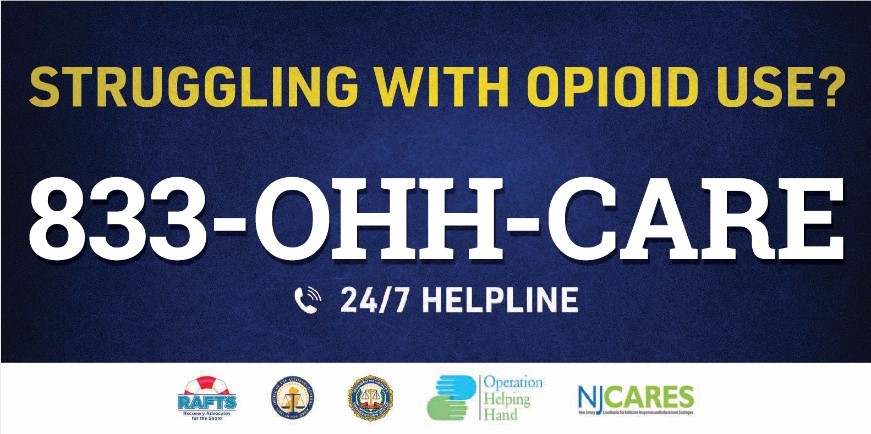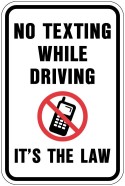Bicycle Safety Tips
New Jersey’s Bicycle Helmet Law has changed!
As of March 1, 2006, young people under the age of 17 are now required to wear an approved helmet when cycling, roller skating, in-line skating or skateboarding. Previously, the law only applied to those under the age of 14.
Bicycle Accident Statistics from the Insurance Institute for Highway Safety
- In 2008, ninety-one percent of bicyclists killed reportedly were not wearing helmets.
- In 2008, 94 children under age 16 died in bike-related crashes.
And from the National Safe Kids Campaign:
- Bicycles are associated with more childhood injuries than any consumer product except the automobile.
- Children are more likely to be injured on residential streets close to home. Nearly 60 percent of all childhood bicycle-related deaths occur on secondary roads. The typical bicycle crash with a motor vehicle occurs within one mile of the bicyclist’s home.
- Unfortunately, a child’s behavior is often a risk factor. Most childhood bicycle-related fatalities are associated with behaviors such as riding into a street without stopping, turning left or swerving into traffic coming from behind, running a stop sign or riding against the flow of traffic.
- In 2003, nearly 285,600 children ages 14 and under were treated in hospital emergency rooms for bicycle-related injuries. Nearly half (47%) of children ages 14 and under hospitalized for bicycle-related injuries are diagnosed with a traumatic brain injury.
- In 2003, children ages 14 and under accounted for 32 percent of bicyclists injured in motor vehicle crashes. It is estimated that collisions with motor vehicles account for nearly 90 percent of all bicycle-related deaths and 10 percent of all nonfatal bicycle-related injuries.
A bicycle is a vehicle, not a toy. This is why it’s so important to teach your kids bike safety as they enjoy their increased independence.
Despite the sobering statistics cited above, it’s not all gloom and doom. Deaths among bicyclists younger than 16 have actually decreased by 86 percent since 1975. In 2008, this age group accounted for about one-seventh of all bicycle-related deaths as compared to two-thirds in 1975.
But no matter how you look at it, this is no time for complacency.
- Obey traffic rules. Get acquainted with ordinances. Cyclists must follow the same rules as motorists.
- Know your bike’s capabilities. Remember that bicycles differ from motor vehicles; they’re smaller and can’t move as fast. But, they can change direction more easily, stop faster and move through smaller spaces.
- Ride in single file with traffic, not against it. Bicycling two abreast can be dangerous. Bicyclists should stay as far right on the pavement as possible, watching for opening car doors, sewer gratings, soft shoulders, broken glass and other debris. Remember to keep a safe distance from the vehicle ahead.
- Make safe turns and cross intersections with care. Signal turns half a block before the intersection, using the correct hand signals (left arm straight out for left turn; forearm up for right turn). When traffic is heavy and the cyclist has to turn left, it is best to dismount and walk the bicycle across both streets at the crosswalks.
- Never hitch on cars. A sudden stop or turn could send the cyclist flying into the path of another vehicle.
- Before riding into traffic: stop, look left, right, left again, and over your shoulder.
- Always be seen. During the day, cyclists should wear bright clothing. Nighttime cycling is not advised, but if riding at night is necessary, retroreflective clothing, designed to bounce back motorists’ headlight beams, will make cyclists more visible.
- Make sure the bicycle has the right safety equipment: a red rear reflector; a white front reflector; a red or colorless spoke reflector on the rear wheel; an amber or colorless reflector on the front wheel; pedal reflectors; a horn or bell; and a rear view mirror. A bright headlight is recommended for night riding.
- Wear a helmet. Head injuries cause about 85 percent of all bicycling fatalities. The Council strongly urges all cyclists to wear helmets. The first body part to fly forward in a collision is usually the head, and with nothing but skin and bone to protect the brain from injury, the results can be disastrous.















